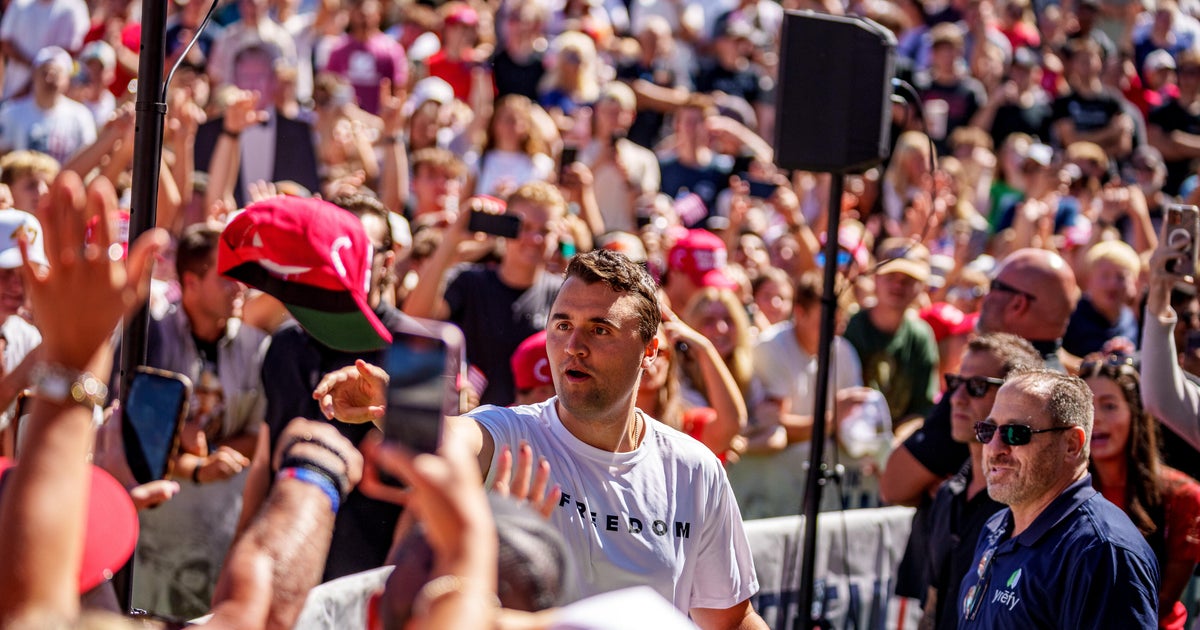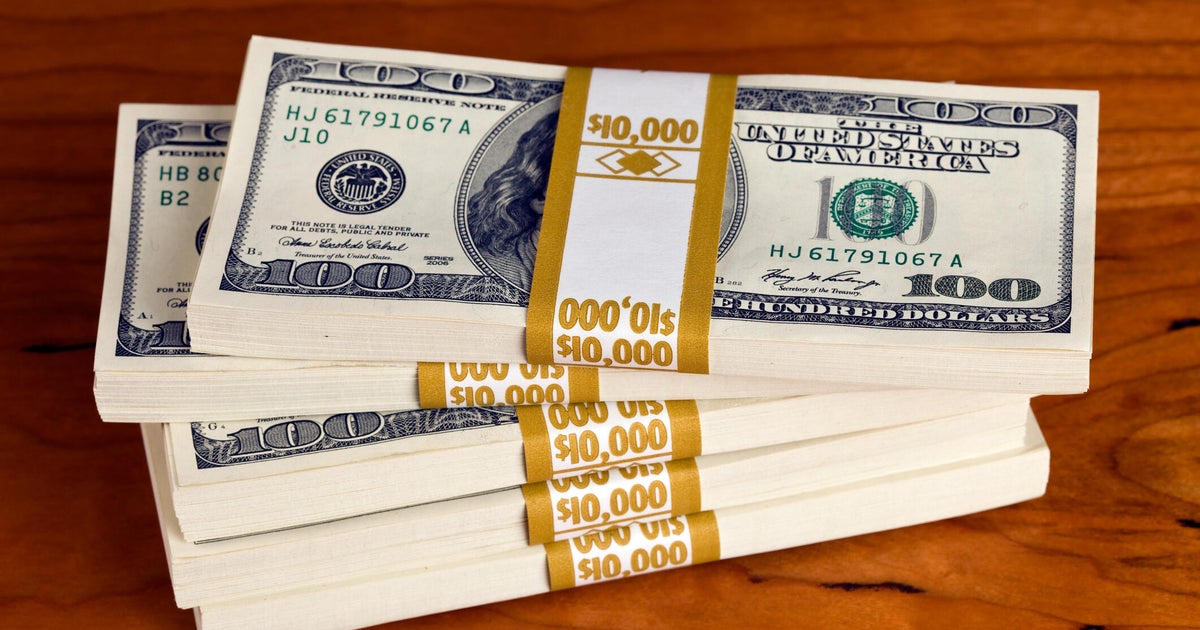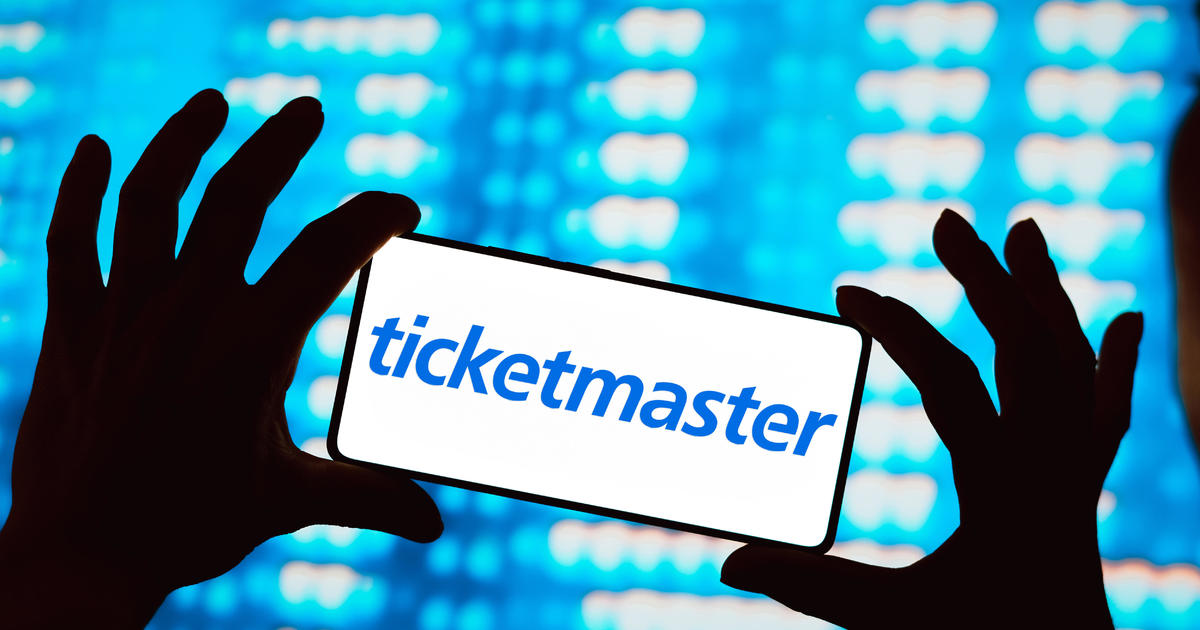From the centre stage in Beijing’s Tiananmen Square as China staged its largest ever military parade, President Xi Jinping sent an unmistakable message to the world and, in particular, to his rivals in the West.
Flanked by Russia’s Vladimir Putin to his right, and North Korea’s Kim Jong-un to his left, Xi engineered a defining image of this decade, if not the 21st century. For the first time in history, the trio appeared in public together, and to laud China’s military prowess no less, signalling their growing affinity in a shared anti-US cause and furthering the image of what some analysts have called an “axis of autocracy”.
From Tiananmen Square – where a civilian groundswell for Chinese democracy was snuffed out by the military in 1989 – the message was clear. For the sanctioned, shunned and underappreciated countries of the world and their citizens, China is the lodestar. Beijing’s rise carries the promise of a multipolar world that will challenge the United States-led liberal international world order, and will welcome those from the fringes into the fold.

Flanked by Russia’s Vladimir Putin to his left, and North Korea’s Kim Jong-un to his right, Xi Jinping engineered a defining image of this decade.Credit: Marija Ercegovac
“This is part of Beijing’s effort to show that it’s got friends, it’s got options all over the world. It doesn’t need to care about the developed world so much,” Ja Ian Chong, an associate professor of political science at the National University of Singapore, says.
“It’s uplifting these other states that might feel that they’ve not received sufficient respect from the major powers in Europe and in North America.”
Loading
For Xi, it was a manifestation of his maxim that the “East is rising and the West is declining”.
Dressed in a Mao-style suit, and positioned in the open sunroof of a Chinese-made Red Flag limousine, Xi inspected the spoils of what Western leaders, including Australia’s, have called the largest peacetime military build-up since the end of World War II.
On display were China’s new weapons systems, including nuclear ballistic missiles and giant underwater drones, a formidable backdrop as Xi delivered a warning wrapped in a nationalistic appeal that the world was again facing a choice of “peace or war”.
In an oblique swipe at the US, which he left unnamed, he said China was a “great nation that will never be intimidated by any bullies”. But his claim that China will always stand on the side of peace was absurdly undercut by the presence of Putin, who has brought the worst war to Europe since the conclusion of the war in 1945, together with the Kim regime in North Korea, which has aided and abetted him.
As for his part, US President Donald Trump, who professed to be untroubled about an axis forming between Russia and China, fired off an epistle on Truth Social.
“Please give my warmest regards to Vladimir Putin, and Kim Jong-un, as you conspire against the United States of America,” Trump posted as the parade got under way.
The guest list was an expression of Beijing’s diplomatic clout among so-called Global South countries, with Iranian leader Masoud Pezeshkian taking his place in the VIP seats alongside a dozen other world leaders, mostly from Africa and several South East Asian countries, which has become a battleground for influence between Washington and Beijing.
Western leaders largely skipped the event, as did India’s Narendra Modi, despite his embarking on a rapprochement with Beijing after being scalded in the Trump administration’s tariff war.
Their absence added to the jarring optics of former Victorian premier Daniel Andrews joining the festivities as an official guest, a moment captured in history with a photograph of him alongside Xi, Putin, Kim and other dignitaries. Former foreign minister Bob Carr, perhaps alive to the inevitability of such a photo, also skipped the parade, despite travelling to Beijing for the celebrations, sticking instead to sideline meetings.
Loading
The parade was, on one level, a history reclamation exercise. It commemorated 80 years since Japan’s defeat in World War II, and recast China’s role as critical in contributing to the allied victory over fascism, something Beijing feels has long been under-acknowledged by the West.
By revising the past, China is seeking to assert its place as a leader in the post-war global order, one in which it controls Taiwan – the self-ruled island, which contests Beijing’s historical narrative.
“China is trying to say, we are a victory power and we should have a greater say in the post-war order. Controlling the past is about controlling the future,” Claus Soong, an analyst at the Mercator Institute for China Studies in Germany, says.
The modern-day People’s Republic of China was founded in 1949, four years after the end of World War II, when Mao Zedong’s communist army triumphed over the nationalist Kuomintang (KMT) forces, which fled to Taiwan.
“Most of the actual fighting was done by the KMT that lost the Chinese Civil War, and … the Chinese Communist Party was, for a lot of the war, holed up in northwestern China,” says Chong.
“It is a recasting of history to play up the importance of the CCP.”
History will assess whether Xi’s parade proves to be more pageantry than substance, or a significant step towards firming ties between the world’s autocrats. But with Trump’s America in retreat from its role as a defender of democracies, and as the US isolates allies and foes alike, it would be foolish to make a bet either way.
Get a note directly from our foreign correspondents on what’s making headlines around the world. Sign up for the weekly What in the World newsletter here.
Most Viewed in World
Loading


















































